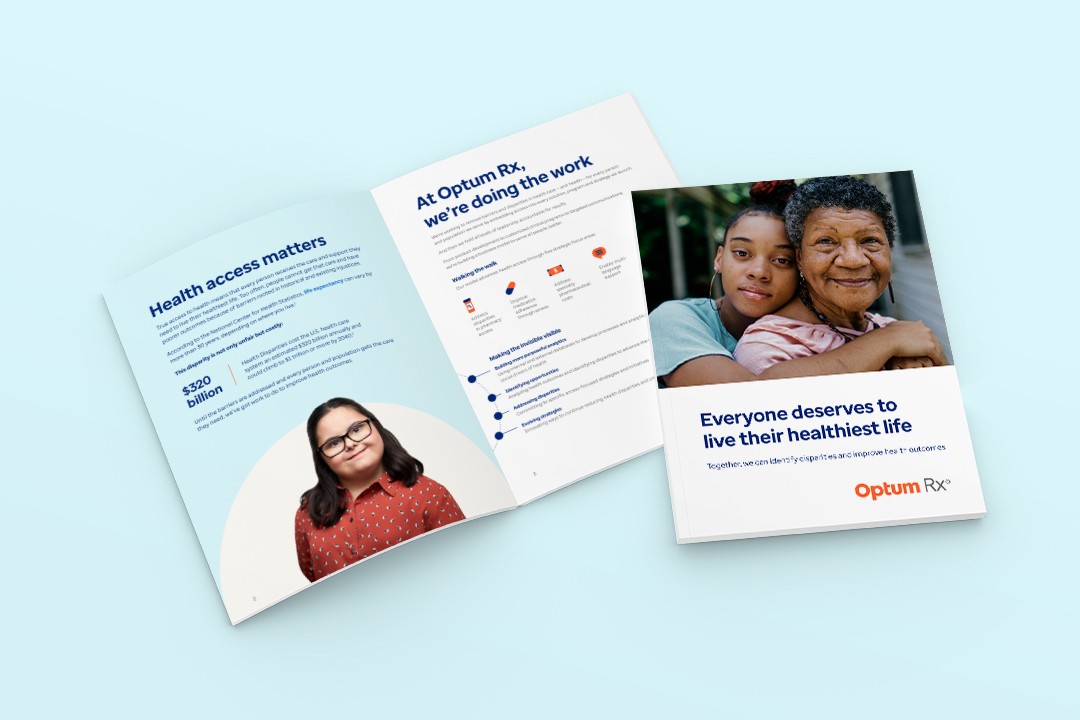Addressing disparities in women’s health
Women make up nearly half of the global population and play a vital role in both the workforce and the economy. In the U.S., they represent 47% of the labor force,1 and they are projected to drive two-thirds of discretionary spending by 2028,2 and make 80% of healthcare decisions.3
Despite advancements in health care, the gap between men’s and women’s health remains wide. While women continue to outlive men, they spend more of those years with a disability than men.4 Perhaps of real consequence, women’s health is “…often disregarded as a niche issue.”5
But that is changing. As empowered workers and consumers, women are advocating for better, more comprehensive health care. In fact, 71% of women say they would leave their current job for one with better health benefits.6



